It is tempting in winter just to not bother camping. Long winter nights in dark and cold tents might hold just enough seasonal novelty for the odd weekend but multi-day backpacking trips in freezing damp UK conditions can start to edge recreational adventuring into the realms of expeditioning. The main issue is that in prolonged freezing conditions, traditional mountain tents will tend to collect respired moisture on the surface of the inner, and at some point, this will lightly snow on you and your gear. As you fight the problem of pervasive dampness, slowly creeping into all your gear, you may find its chilly fingers have also made their way into the recesses of your soul – and you could well resolve to wait until spring next year!
There is a way to manage this and seize the winter months, however. And the answer lies in hot tenting.
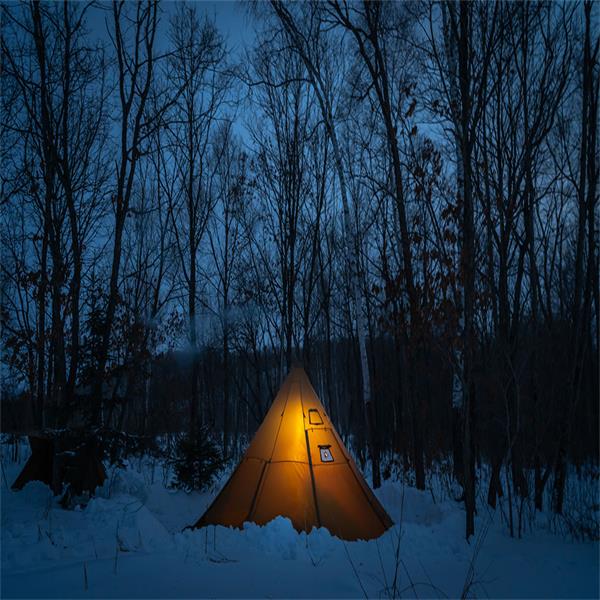
Photo: Bromance 70 Tipi Wood Stove Tent
‘Hot Tents’ are shelters designed to accommodate a wood-burning stove. Master living in one of these and the results can be transformative. With the addition of a fire-resistant ‘stove jack’ sewn into a tent wall, it is possible to put a stove inside and run a chimney or stovepipe through the stove jack. With that rig, you can burn wood as a heat source, cook food, or even dry clothing.
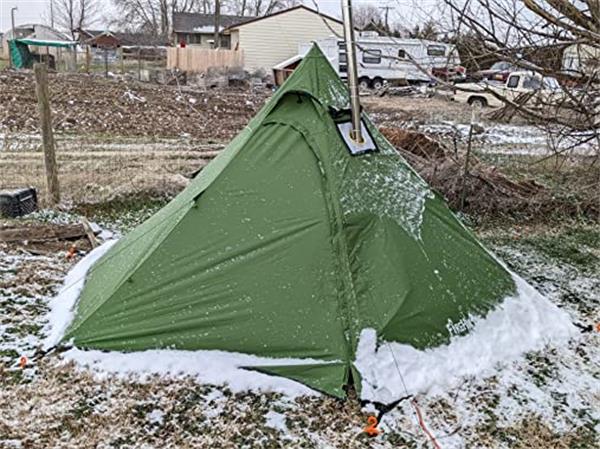
Photo: FIREHIKING
You might make your choice on the type of trip that you’ve planned and the distance you want to cover. One advantage of winter is that in deep snow you can carry your gear behind you in a sled or a pulk with the weight of your gear effortlessly gliding behind you. For UK backpacking there are single-walled shelters, erected with trekking poles, that are around a kilogram and that will occupy little space in the pack.
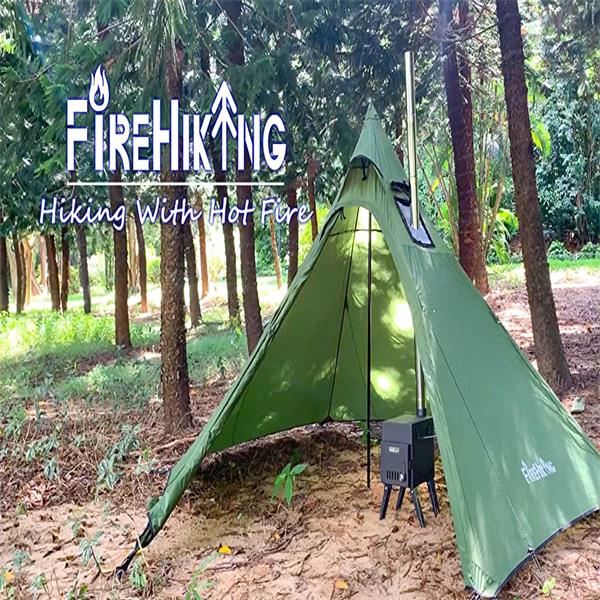
Photo: FIREHIKING Choose on Amazon
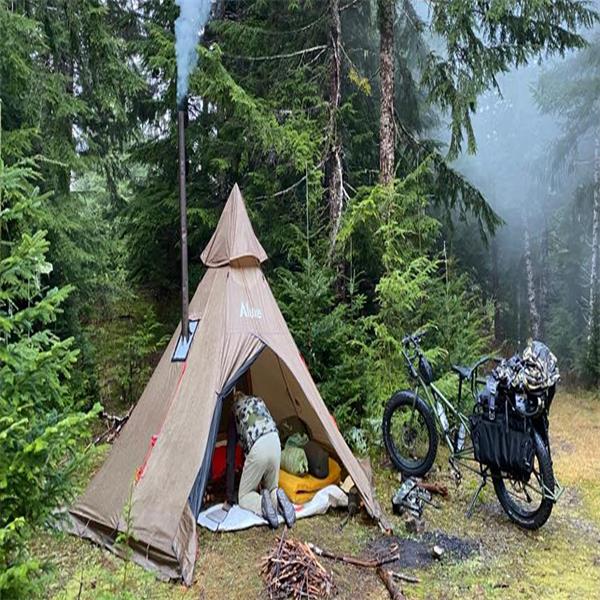
The Megahorn Tipi by Luxe. Photo: Luxe-hiking-gear.com
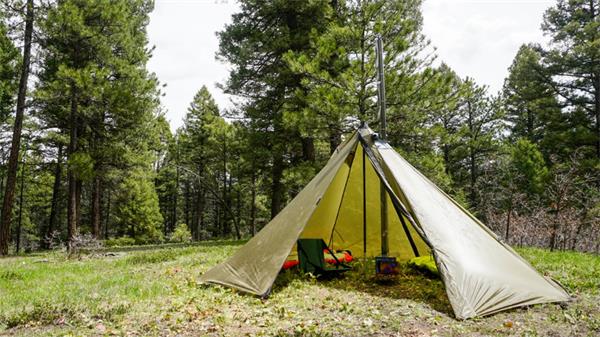
The Cimarron by Seek Outside. Photo: seekoutside.com
When selecting a portable stove you might want to consider how easy it is to put together. If you are on the move, you will be doing this daily and some stoves can take real practice to assemble in around fifteen minutes. You may be doing this in temperatures way below freezing when you are tired and dealing with the faff of not losing small components in the dirt or snow. Box stoves (consisting of flat sheets of metal) such as those by Pomoly or Winnerwell are easier to assemble than cylindrical stoves and have fewer hardware parts that can be lost or fumbled by cold hands. There can be a trade-off with weight though.
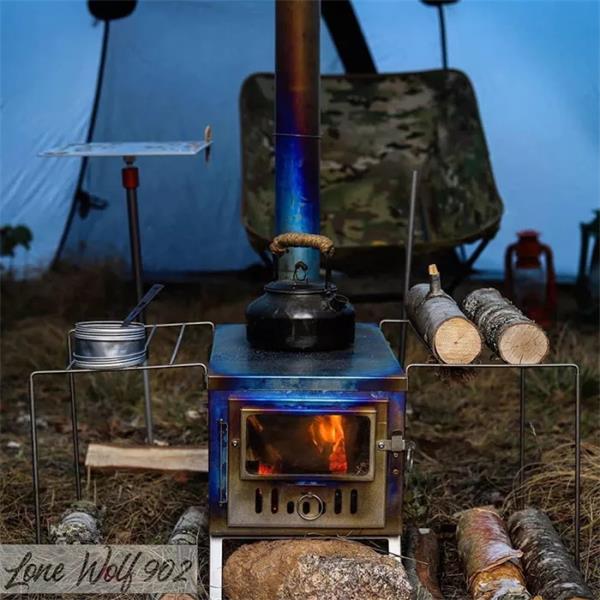
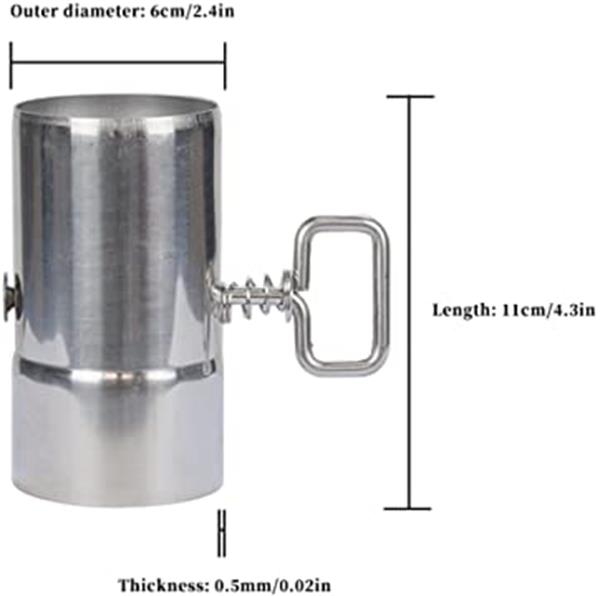
Before you head off with your new stove and tent, you will have a couple of jobs to do at home first. The prime job is ‘the first burn’. This performs two tasks: first, you must burn off the poisonous gases in the zinc formed when lighting up a new stove. This is a simple task and allows you to practice lighting and using your stove. Secondly, it gives you the occasion to shape your stovepipe.
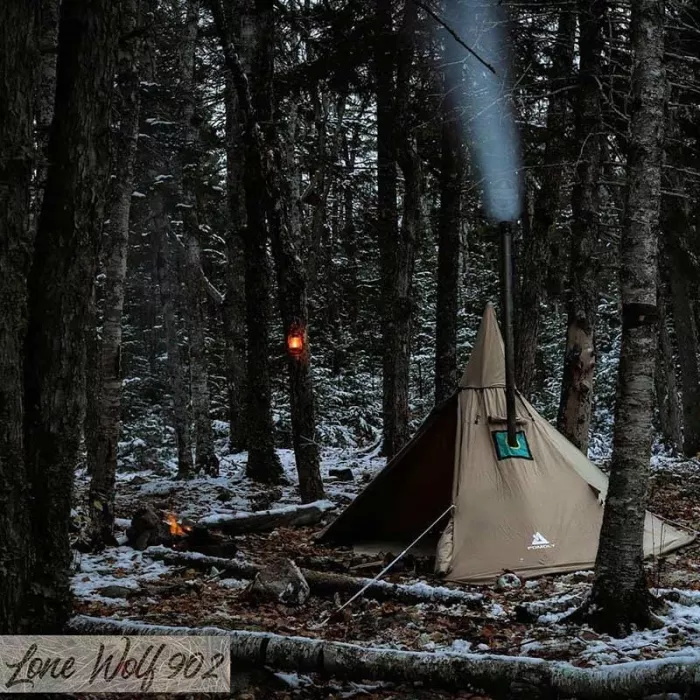
The chimney pipe is typically made from a single sheet of very thin titanium that rolls lengthwise for compact storage and widthwise into a pipe. The first time you roll the pipe into shape can be tricky (it’s worth using a length of PVC pipe as a form and asking someone to help you). However, after the first time you burn wood on the stove, the fire will heat-set the shape of the pipe into the titanium. In subsequent uses, the chimney will acquire a memory of the shape and essentially roll itself neatly into the required form.
Pay attention to the rest of your backpacking gear, not least your sleep system and other warm gear. You must take a sleep system that matches the temperatures outside. If the temperature is going to be below freezing make sure your sleeping bag has the correct rating for such conditions. Unless you are sharing the tent and have the option of a fire watch system with watchers awake through the night it is not advisable to have the firelight when asleep.
In addition, when the stove is chugging away think about how you want to protect yourself and the ground. A fire-resistant welder’s mat can protect the ground underneath the stove from scorching. A set of leather gloves is useful to prevent burns when operating the hot stove. They can also protect against cuts when packing up your gear when all is finished.
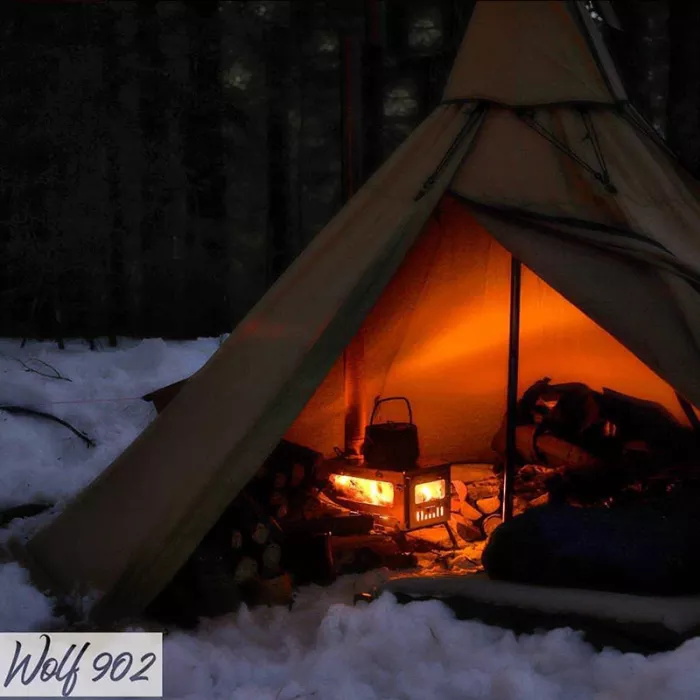
Finally, firelighters help and are good for coaxing damp wood into life. I favor the waxy strips of paper made by Swedish company Hammaro. Of course, carry matches and/or a lighter too, making sure that you protect them from dampness.
Whilst ‘cold camping’ in a typical mountain tent can offer the opportunity to go fast and light, a hot tent provides warmth and comfort that can sustain for many days at a time. Importantly, it makes the whole experience so much more enjoyable. This is what winter is about. To relish in the silence of the season, get away from the crowds, and enjoy a time of year that few wilderness enthusiasts get a chance to experience.
Why Choose Pomoly Peak Hot Tent for Hot Tent Camping?